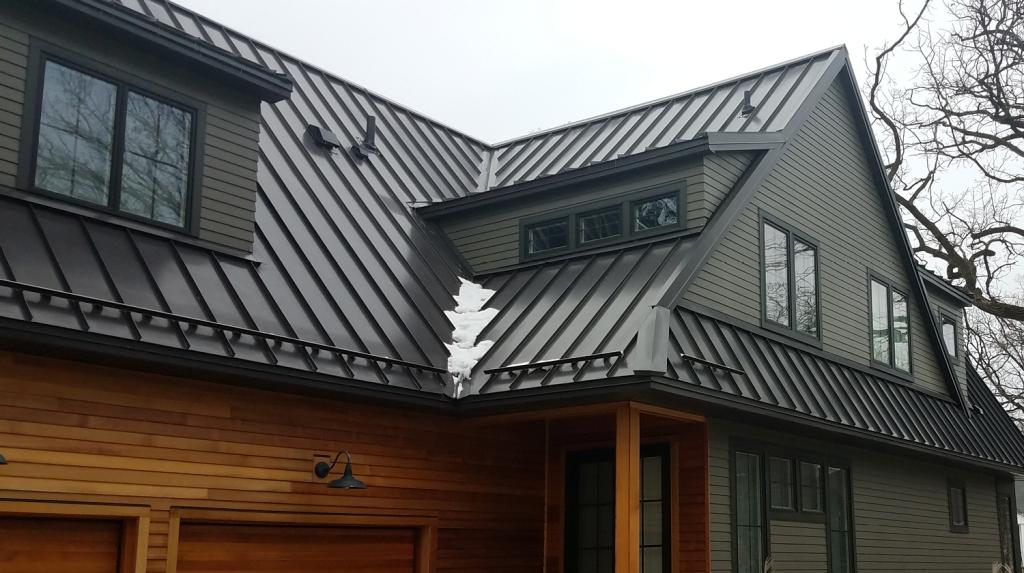When it comes to choosing the right roofing material for a cold climate, homeowners often have several considerations in mind. One popular option that has gained significant attention is metal roofing. Metal roofs are known for their durability, longevity, and energy-efficient properties. But are they truly suitable for cold climates? In this article, we will delve into the benefits of metal roofs in cold climates, highlighting their ability to withstand harsh weather conditions, prevent ice dams, and provide energy savings.

Withstanding Harsh Weather Conditions: Superior Strength and Durability
Metal roofs are well-regarded for their superior strength and durability, making them an excellent choice for cold climates. They can withstand heavy snow loads, high winds, and extreme temperature fluctuations. Unlike some other roofing materials that may crack or warp in extreme cold, metal roofs remain stable and intact, providing reliable protection for your home.
Shedding Snow with Ease
One of the primary concerns in cold climates is the accumulation of heavy snow on the roof. Metal roofs have a smooth and slippery surface that allows snow to slide off more easily compared to other roofing materials. This shedding ability helps prevent excessive snow buildup, which can reduce the risk of roof damage and potential structural issues.
Preventing Ice Dams: Efficient Heat Conduction
Ice dams are a common problem in cold climates, especially on roofs with inadequate insulation and ventilation. The good news is that metal roofs can help minimize the formation of ice dams. Metal has excellent heat conduction properties, which means that when the sun shines on the roof, the metal quickly conducts the heat, causing the snow to melt and preventing ice dams from forming.
Smooth Surface and Steep Slopes
Metal roofs typically have smooth surfaces and steeper slopes, both of which contribute to ice dam prevention. The smooth surface makes it difficult for ice to grip and accumulate, while the steep slopes encourage snow to slide off more efficiently. When combined with proper insulation and ventilation, metal roofs can significantly reduce the likelihood of ice dam formation.
Energy Savings: Excellent Insulation and Energy Efficiency
Metal roofs provide excellent insulation and energy efficiency in cold climates. They can help retain heat inside the house during the winter months, reducing the reliance on heating systems and resulting in energy savings. Additionally, metal roofs can be installed with insulation materials to enhance thermal performance further, keeping the interior comfortable and reducing heat loss.
Reflective and Coating Options
Many metal roofs come with reflective coatings that help reflect the sun’s rays, keeping the roof surface cooler in the summer and reducing the heat absorbed into the house. This reflective property not only provides comfort during hot summers but also prevents snow from melting too quickly and refreezing as ice, contributing to ice dam prevention.
Conclusion:
In conclusion, metal roofs are indeed a great option for cold climates. With their superior strength, ability to shed snow, and prevent ice dams, metal roofs offer excellent protection and durability in harsh weather conditions. They also provide energy savings through efficient insulation and reflective properties. If you live in a cold climate and are considering a new roof or roof replacement, a metal roof should be on your list of considerations. With its many benefits, a metal roof can help ensure the long-term integrity and comfort of your home in cold climates.



Leave a Reply